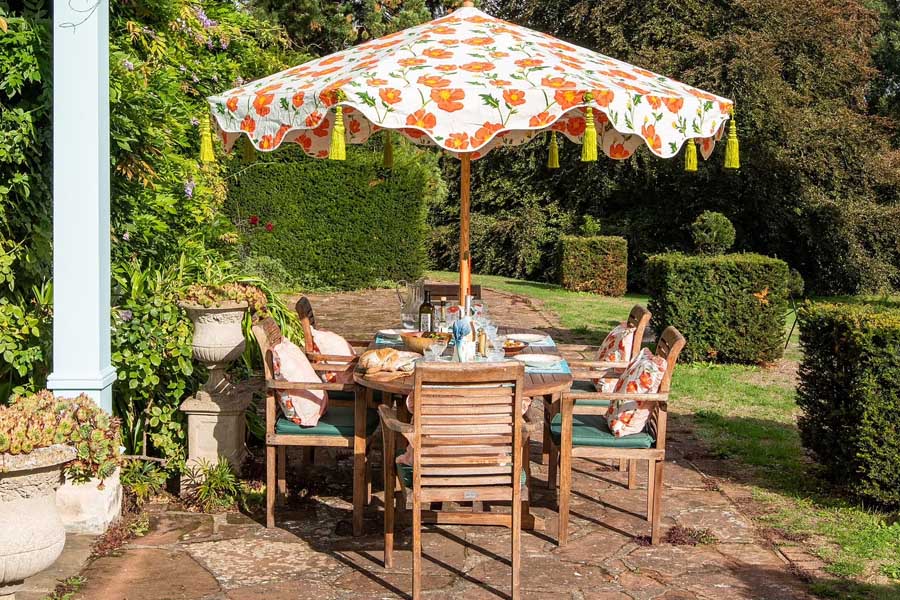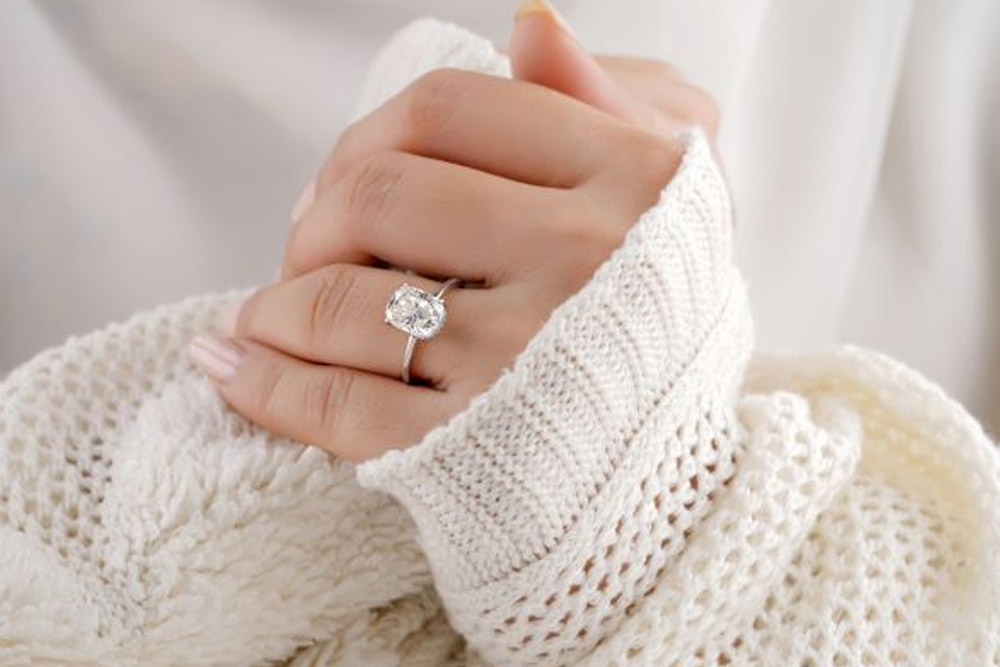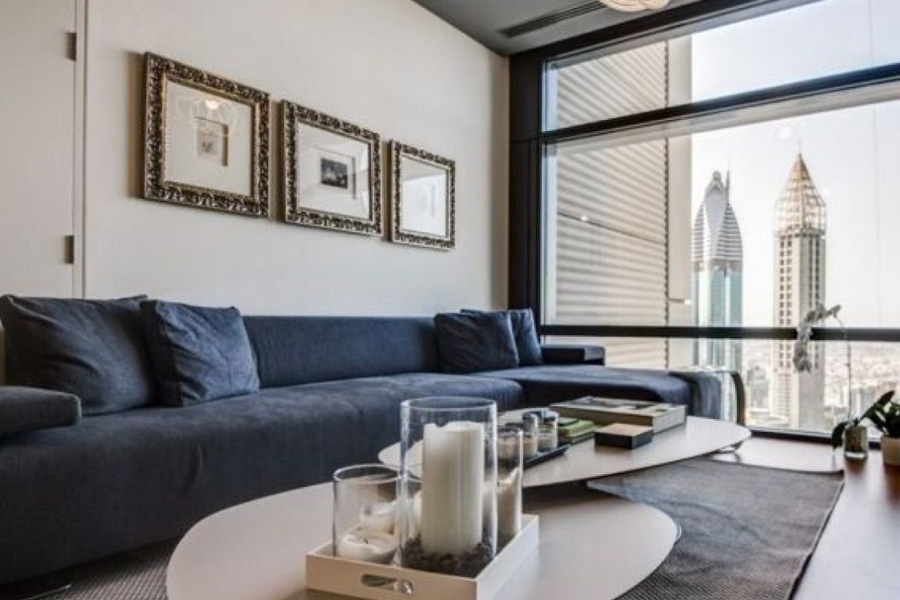Now Reading: Parasols: This Season’s Unlikely — and Utterly Chic — Must-Have
-
01
Parasols: This Season’s Unlikely — and Utterly Chic — Must-Have
Parasols: This Season’s Unlikely — and Utterly Chic — Must-Have

A sunlit reintroduction
Picture a narrow Tokyo street at noon: light pools on lacquered shop signs, a subway card clipped to a hurried hand, and a small, deliberate shadow moving like a cool punctuation through the heat. That shadow is a parasol — not a quaint relic but a modern accessory that reads as both utility and style. In Japan, where seasonal attention is its own art form, the parasol has quietly shifted from tradition into trend, resurfacing as a savvy answer to rising UV, sticky humidity, and the simple desire to look put together while staying comfortable.
Rooted in ritual
The parasol’s story in Japan is cinematic: courtly processions, lacquered handles, the rustle of silk and paper. It carries centuries of aesthetic intention — an object that was always more than shelter. Today, that history isn’t museum-quiet; it hums beneath modern fabric choices and brand collaborations. People still treat the parasol like a curated prop in their daily lives, an accessory that signals care for oneself and respect for the shared public space.
Why it matters now
Summer in Japan has been getting hotter and more intense. UV indexes climb early and often, and the mid-day glare can feel relentless. Sunscreen helps, but it requires constant reapplication. A parasol, by contrast, creates immediate shade and a noticeable drop in perceived temperature. It’s both preventative skincare and on-the-move comfort — a simple technology that doesn’t need topping up. Add an aging, beauty-conscious population and a culture that values subtle seasonal dress, and you have a strong, practical reason for the parasol’s resurgence.
Style that doubles as function
Parasol design today strikes a balance between delicate and robust. There are lace-trimmed versions that flirt with nostalgia, matte black UV-cut interiors built for maximum protection, and compact foldables engineered for commuters who need something discreet in their bags. Fabrics are chosen for breathability and UV filtering. Handles range from slim, utilitarian steel to hand-turned wood meant to be shown off. The result is an object that looks intentional with everything from minimalist office wear to pastel street styles.
Everyday scenes where parasols shine
Commuters: A compact parasol is a commuter’s quiet advantage — it turns a sweaty, sun-bleached walk from the station into a calm, shaded crossing. Festivals and yukata outings: Paired with a lightweight kimono, a parasol completes a picture worth photographing. City errands and cafés: It’s the finishing detail that makes an outfit feel considered and keeps makeup intact. Travel: On temple walks and coastal strolls where shade is scarce, a foldable parasol is a small item that prevents a day’s worth of sun fatigue.
Men and the gentle shift
The parasol is shedding its strictly feminine image. Men who work outdoors or simply prefer to avoid sun damage are adopting designs stripped of frills and heavy branding — think streamlined canopies, dark neutral tones, and straightforward frames. This change isn’t just about fashion; it’s about reframing practicality as unisex. When protection and comfort are the goal, gendered rules start to feel irrelevant.
Practical shopping cues for 2025
When choosing a parasol, think in terms of use. If you commute by train and need something that tucks into a tote, prioritize compact, foldable designs. If you’re often outdoors for long stretches, choose a larger canopy for wider coverage. Look for labels advertising high UV-cut percentages (aim for the higher end, especially if you burn easily). Multi-purpose rain-and-shine (晴雨兼用) parasols are increasingly common and useful for unpredictable weather. Lastly, think about weight: lighter fabrics make for easier all-day carrying, while heavier builds usually last longer.
Materials and features worth noting
Canopy fabric: Breathable, UV-treated textiles are ideal; some have reflective backings to reduce heat transfer. Rib structure: Metal ribs are sturdy for wind resistance; flexible fibreglass ribs fold small without breaking. Handle and grip: Ergonomic designs reduce fatigue, especially for longer walks. Closing mechanism: A smooth, reliable opener and closer prevents pinches and accidental damage. Aesthetic touches: Trim, color, and minimal patterns can turn a parasol into a signature piece rather than just an item in your bag.
Social and cultural nuance
Using a parasol in Japan reads as polite and seasonally aware — a small public kindness that keeps sprays and powders from wafting over others and a visible step toward self-care. This quiet etiquette matches broader cultural values: the emphasis on harmony, on looking after one’s community and one’s skin, on dressing with the season in mind. The parasol fits those rhythms perfectly.
Travel and packing tips
For trips during peak summer travel or festival seasons, pack a compact parasol with a protective sleeve; it won’t take much space and can prevent sun fatigue during long outdoor tours. For coastal or rural trips where shelter is scarce, opt for a larger canopy to shield both head and shoulders. If you’ll face mixed weather, choose a model rated for both rain and sun so you don’t need two items.
FAQ
Do parasols really protect against UV better than sunscreen?
Parasols provide immediate, physical shade that blocks direct UV exposure; sunscreen is still important for exposed areas, but the parasol reduces the amount of reapplication needed.
Are parasols practical in rainy weather?
Many modern parasols are designed as rain-and-shine models, offering durable canopies that keep you dry while also providing UV protection.
Are parasols considered feminine in Japan?
Historically yes, but contemporary designs and a growing focus on wellness have made parasols increasingly gender-neutral, especially among practical users.
What size parasol should I choose for commuting?
Choose a compact foldable model that fits your bag; look for a balance of canopy coverage and portability for short walks and crowded stations.
How should I care for a parasol to prolong its life?
Keep it dry before storing, avoid leaving it in intense heat, and wipe the fabric gently; stored in a sleeve it will stay protected and ready to use.
Are there specific materials to look for to ensure UV protection?
Seek canopies labelled for UV cut and made with tightly woven, treated fabrics, and consider reflective or coated interiors for added heat reduction.





















